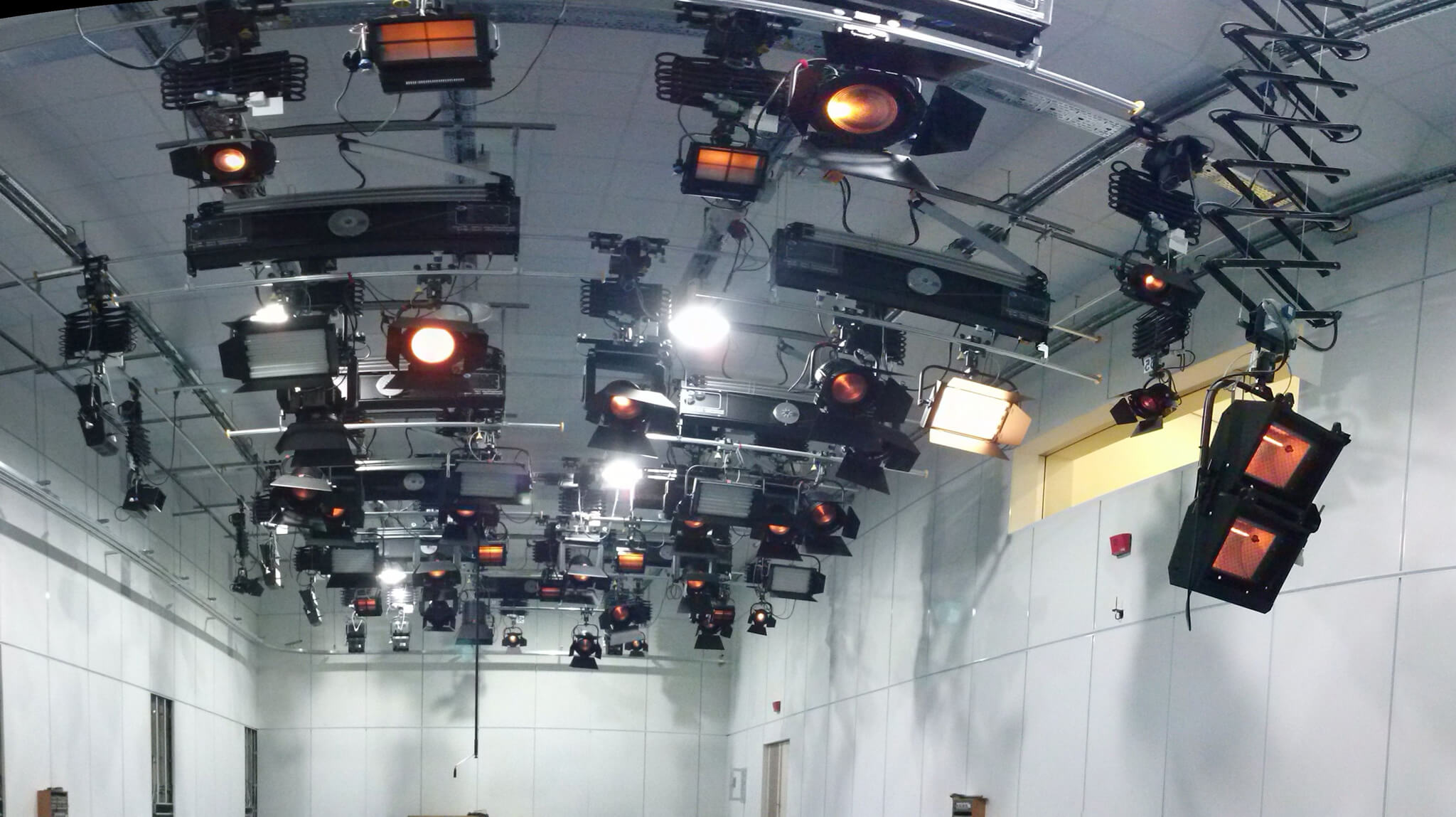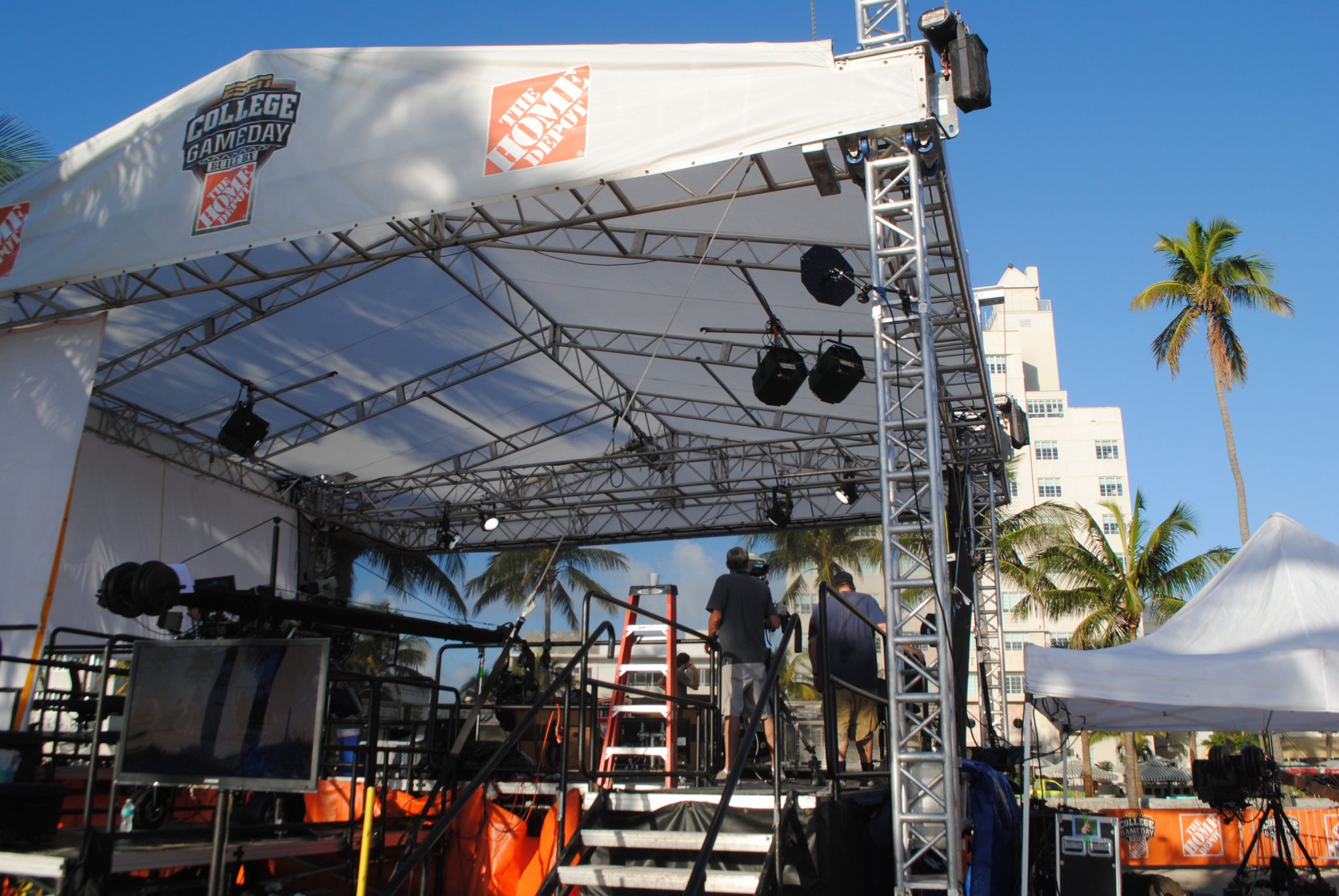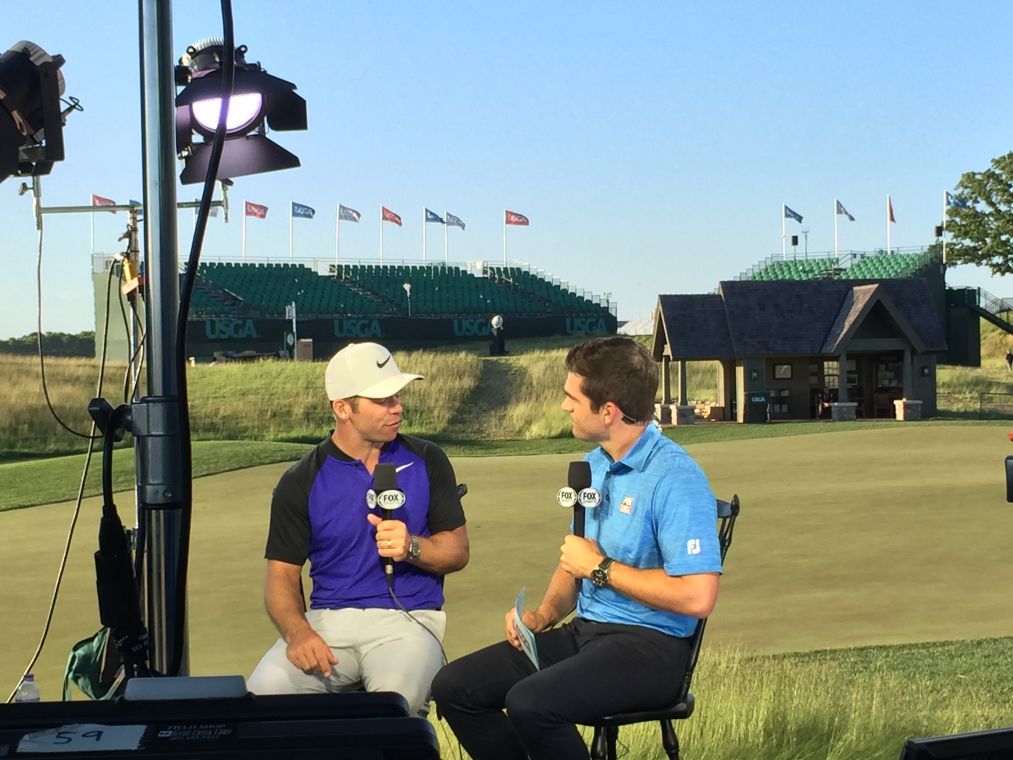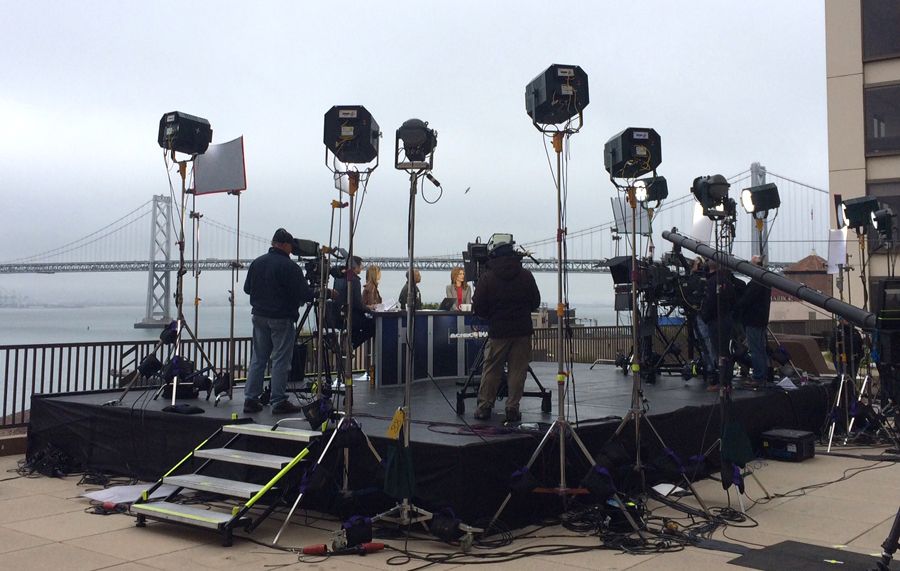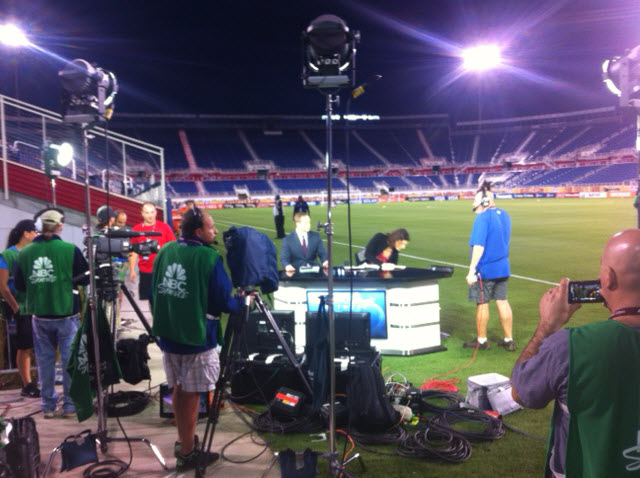Illuminating The Way With The Top 10 Ten Film Schools In The World
Becoming a professional lighting technical or director requires many years of experience that can only be gained by working on set. But in order to succeed in this highly competitive sector, you would also benefit from a qualification from one of the many respected film and cinematography schools in the world.
To become competent in the skilled art of lighting, you need to understand how to use illumination to add depth and ambiance, as well as how lighting works with cameras and on-set production as a whole.
Cinematography Classes
Cinematography is the art of storytelling in film and video. It encompasses much more than just the way the cameras are used and covers every aspect of production including lighting. Many great lighting directors have studied the art of cinematography in detail and are able to use this knowledge to create the perfect lighting configuration for the cameras to work with.
If you are considering a career in cinematography and set lighting, these are the top 10 schools in the world that offer the lucky few the opportunity to study the craft in detail:
- The National Film and Television School, London
The NFTS offers the only specialist 2-year Cinematography course in the UK and is considered to be one of the best film schools in the world. With extensive facilities and access to Britain’s thriving movie and TV industries, BFTS is a fantastic opportunity for anyone looking to study at a Masters level.
- Wesleyan University, Connecticut
Not one of the most well-known schools in the US, the Wesleyan’s Film Studies program is giving bigger schools a run for their money. Film department founder Jeanine Basinger makes her film majors learn to write, direct and edit a movie by hand, thus teaching them every single aspect of how to make great movies.
- Columbia University School of the Arts
With Oscar winners and established directors working as professors, this Ivy League university is considered one of the foremost film schools in America. With James Schamus heading up Focus Features and Milos Forman, Barbara De Fina and Mira Nair on the staff, students have a rare opportunity to learn from the best.
- The Film and TV School of the Academy of Performing Arts in Prague
FAMU is the fifth-oldest film school in the world and one of the most prestigious. Offering classes in both Czech and English, it draws foreigners looking to study there from all over the world.
- California Institute of the Arts
CalArts was founded by Walt Disney and now occupies 11 acres’ worth of square footage,30 miles north of Los Angeles. It is famous for training animation talent, but also offers a class in dramatic narrative, documentary and experimental live action.
- University of California Los Angeles
UCLA has prestigious alumni that include the likes of Francis Ford Coppola and Alexander Payne, and producer Peter Guber is a member of the teaching staff. The school is one of the most prestigious in the world and is moving towards specializing in “humanistic storytelling and global diversity”, setting it apart from the competition.
- New York University Tisch School of the Arts
The Tisch School is highly acclaimed and has previously proved a direct route to the top for gritty artists like Martin Scorsese, Oliver Stone and Breaking Bad creator Vince Gilligan. Graduates of the school also have the opportunity to compete for a $200,000 prize to complete a debut feature film – a bonus that none of the other schools offer.
- Beijing Film Academy, China
The Beijing Film Academy is China’s most elite school for film direction, production, and writing. Only accepting around 500 applicants every year, it is incredibly difficult to get into and was once the old stomping ground of directors Zhang Yimou and Chen Kaige.
- University of Southern California
USC probably has more graduates working in the industry than any other school in the world and has a huge amount of the support. Regularly contributors include such luminaries as George Lucas, Steven Spielberg, and Robert Zemeckis, meaning it is able to offer state of the art facilities to all of its students.
- American Film Institute
As well as being the most selective film school in America, it is also the best. It is a smaller school than UCLA and USC, and most of its “fellows” are in their mid-twenties and upwards, but for first class, specialist tuition, the AFI teaches on the finer points of directing, producing and writing to some of the finest new talents in the world.
With over 30 years experience behind us, and working with some of the most talented lighting technicians in the country, Frank Gatto & Associates have all the skill you need to light your next event.
Frank Gatto & Associates, Inc. are specialists in lighting for television events of all kinds. If you have an event that needs expert lighting, please call us today to see how we can help.
Phone: 561-368-0101
Email: frank@frankgattolighting.com
We can be found on Social Media at the following links.





